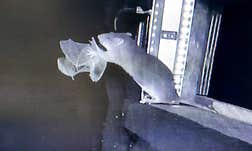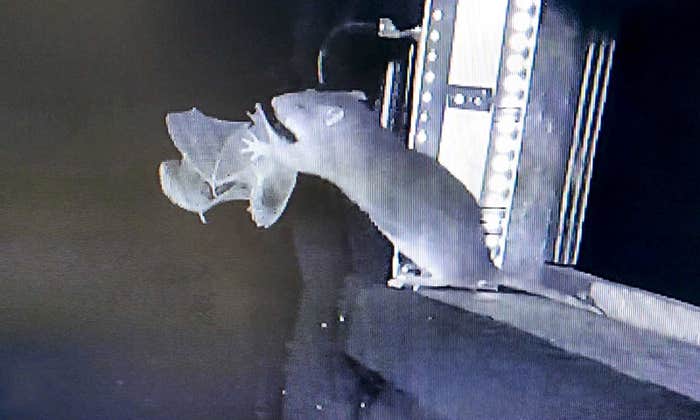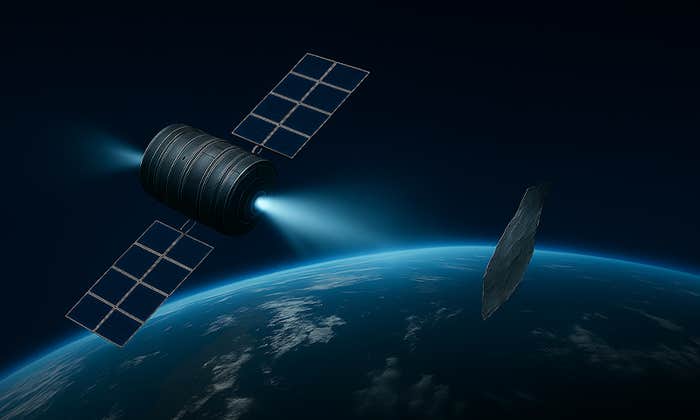This thick wall of clouds, which resembles the stands in a sprawling sports stadium towering above the viewer, formed at the center of Hurricane Melissa. Yesterday, the “Hurricane Hunters” crew from the United States Air Force flew into Melissa’s eye and snapped this shot—an illustrative example of the “stadium effect.” This phenomenon owes to quickly rising air flowing outward, according to the National Oceanic and Atmospheric Administration (NOAA), which broadens the eye’s diameter near the top.
This sight is unique to “very strong, well-organized” hurricanes, AccuWeather reported. The stadium effect was also captured within the centers of Hurricane Katrina and Hurricane Irma, among other powerful storms in recent decades. Hurricane Melissa, which as of the time of this writing is nearing landfall in Jamaica, has become one of the strongest Atlantic hurricanes on record and the most powerful storm yet this year. The Category 5 hurricane is powered by sustained winds of 185 miles per hour—Jamaica has never experienced a hurricane of this intensity.
NOAA’s “Kermit” plane was also slated to travel into Hurricane Melissa’s eye yesterday. But after the crew flew into “severe turbulence” amid wind speeds of 165 miles per hour in the storm’s northeastern eyewall, the mission was abandoned. “Turbulence is common on such flights, but this event was among the worst any had encountered,” wrote Judson Jones, a meteorologist and reporter, for The New York Times. ![]()
Enjoying Nautilus? Subscribe to our free newsletter.
Lead image: U.S. Air Force photo by Lt. Col. Mark Withee






























